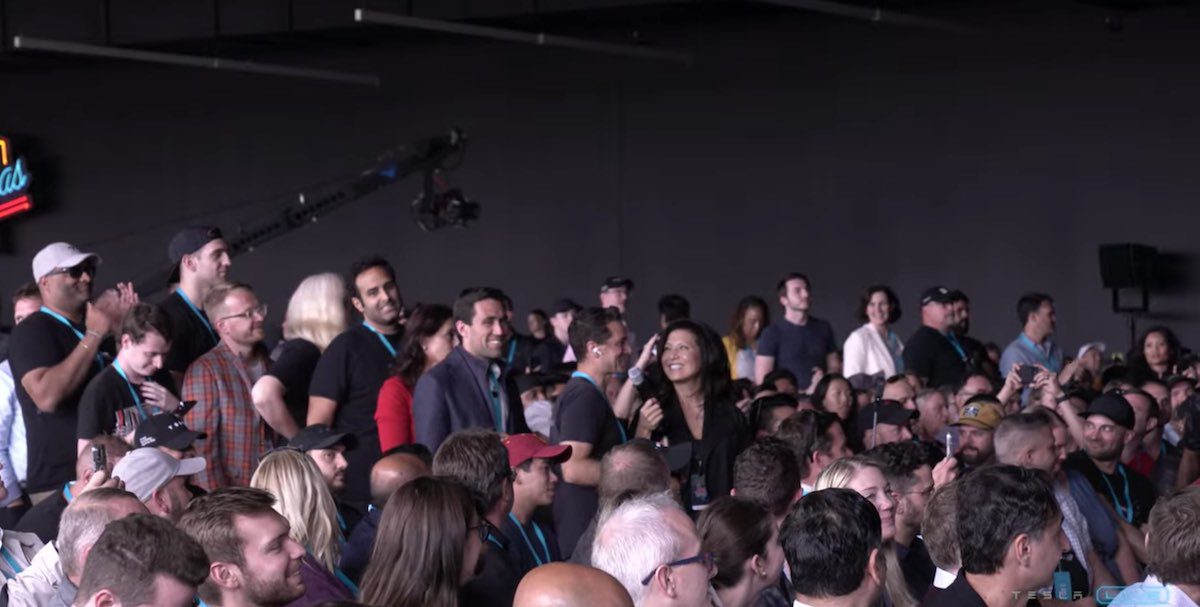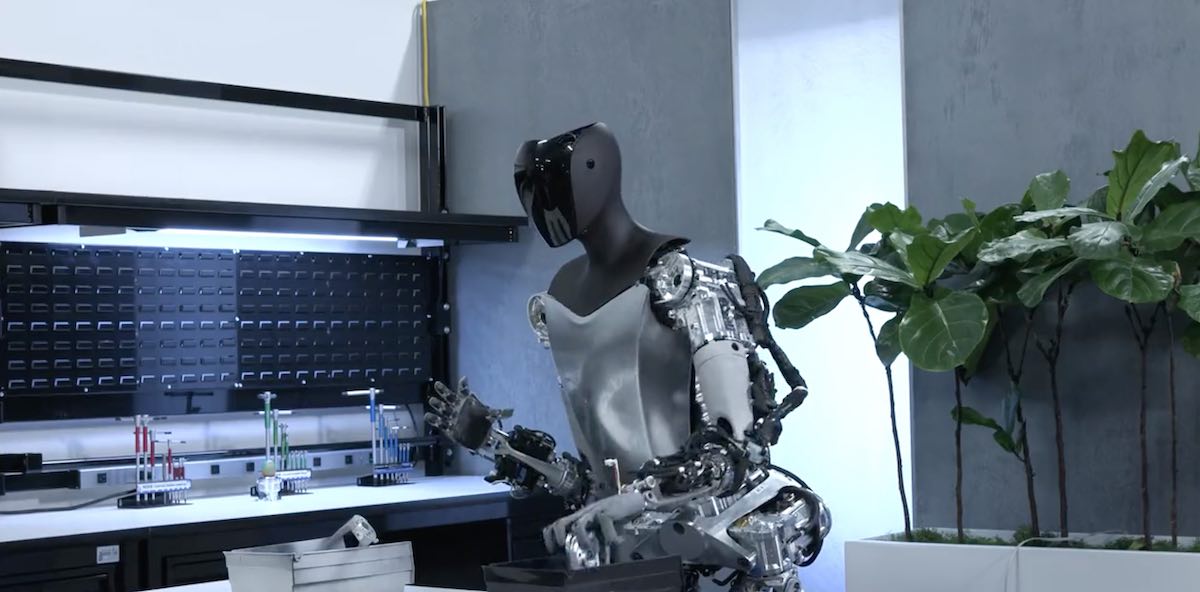Tesla CEO Elon Musk has surprised many by committing to a trial of advertising for the company, now the biggest in the world by market value. It’s something he’s ruled out in the past.
In response to shareholder questions and activist pressure at its annual meeting in the company’s headquarters in Austin, Texas, Tesla also committed to an audit of its cobalt supply chain, and provided updates on its Optimus humanoid robot and self driving software.
Musk also predicted that Model Y will be the best selling vehicle in the world in 2023, and announced that Tesla will launch two new electric vehicle products on its 3rd generation platform, and provided a silhouette image of one of the new cars.
See: Tesla flags two new EV models with production numbers to scare legacy car makers
Musk says Tesla will trial advertising
But it’s the advertising move that is the biggest surprise. Legacy petrol and diesel automotive companies spend tens of billions of dollars globally each year on advertisements, but Tesla has focused its efforts on design and manufacturing and has not yet needed to promote itself, and Musk has attracted enough publicity on his twitter account.
However, as Tesla sets its production targets ever higher, with a target of 20 million EVs a year by 2030, and as wait times for its most popular vehicles shrink, it needs to ensure that demand for its product remains strong.
It has already re-booted its referral program, and now that Musk actually owns Twitter, rather than just tweets, the question of advertising is looming large.
At the meeting, a retail investor suggested advertising because many people aren’t aware of things like Tesla’s world leading safety features.

“I hear you, I mean, I think it’s indeed ironic that Twitter is like highly dependent on advertising,” Musk said.
“I’ve never used advertising really before and now I have a company that’s highly dependent on advertising. So I guess I should say advertising is awesome, and everyone should do it.
“But I hear your larger point, which is that there are amazing features and functionality about Teslas that people just don’t know about. So I think what you’re saying does have some merit and I believe in taking suggestions so we’ll try a little advertising and see how it goes.”
Update on Tesla’s Optimus humanoid robot
Tesla also provided an update on the development of its humanoid robot and presented new video of Optimus walking around the office and factory as well as performing basic tasks.
Multiple fully Tesla-made Bots now walking around & learning about the real world 🤖
Join the Tesla AI team → https://t.co/dBhQqg1qya pic.twitter.com/3TZ2znxkfd
— Tesla Optimus (@Tesla_Optimus) May 16, 2023
The robots use the same system as Tesla’s full self driving software enabling them to identify objects in their surrounding area and navigate their environment. The new videos also show the robots training on tasks by following human movements.

“As full self driving gets closer and closer to generalised real world AI, that same software is transferable to a humanoid robot,” said Musk.
“Optimus is still figuring out how to do basic stuff. Like it couldn’t cook some eggs or something quite yet. So we need to get Optimus to the point where it has reasonable agility and can do basic things.
“We’re aiming for it to start off doing simple tasks that are sort of boring and repetitive or dangerous. Basically jobs people don’t want to do. And I’m confident we’ll achieve that goal.”
Musk said he predicts that demand for Optimus will eventually be in the 10 to 20 billion unit range.
“I’m seeing a number vastly in excess of the number of cars. So my prediction is that Tesla’s majority of long term value will be Optimus.”
Tesla commits to third party cobalt supply chain audit
Meanwhile, the head of Investor Advocates for Social Justice, Courtney Wicks, called on shareholders to vote for Tesla to conduct a third party audit on its cobalt supply chain, with a particular emphasis on child and forced labor.
While there are many reports of child labour being used to mine cobalt in the Democratic Republic of Congo in the broader global battery industry, there is no evidence of it in Tesla’s supply chain.
“We will do a third party audit,” Musk said, adding “In fact, we’ll put a webcam on the mine and if anybody sees any children, please let us know.”
Musk said Tesla batteries were iron based, and not cobalt. “The nickel batteries use a little bit of cobalt as a binder, but only a tiny amount. In contrast your phones all use 100 per cent cobalt. I recommend complaining to the phone manufacturers.
“But even for the small amount of cobalt that we do use we will make sure … that no child labor is being exploited. Obviously we are a company that cares a lot about doing the right thing.”
Full self driving update
Tesla’s recent FSD Beta 11.4.1 update has been getting rave reviews from test drivers with many people commenting that they’ve been doing multiple complex city drives with zero takeovers.
“I think we’re really getting to the final stages of full self driving,” said Musk. “I drove for several days around Austin just dropping pins in random locations and had zero interventions.
“Even in the city of San Francisco which is very complex, I haven’t had a safety intervention in a long time.”
Musk says that FSD development is a “march of the nines” meaning the goal is to go from 99.99% reliability to 99.999% and so on.
“You really think about full self driving as sort of a march of nines of reliability. So we need to get to the point where the probability of injury is lower than that of the average human driver and then ultimately, probability of injuries much lower,” said Musk.
“So even at the point in which the car is capable of driving itself there’s still actually a lot of work to do.
“Because every year there’s a million people that die in auto accidents. And I think probably everyone in this audience has friends and family that that have died or been seriously in auto accidents. And wherever there’s a million people that die there is 10 million people roughly that are seriously or permanently injured.
“If we can get that down by an order of magnitude, you know, there’s like 900,000 saved per year, maybe 9 million severe injuries prevented per year. Really I think morally that has to be our primary goal.”

Daniel Bleakley is a clean technology researcher and advocate with a background in engineering and business. He has a strong interest in electric vehicles, renewable energy, manufacturing and public policy.

